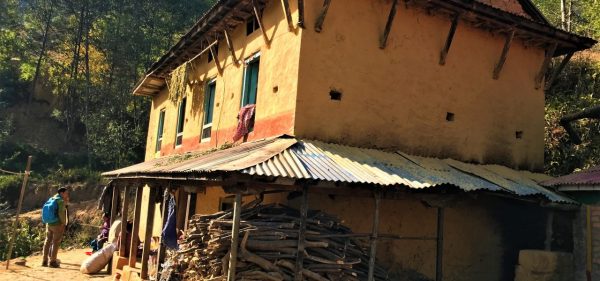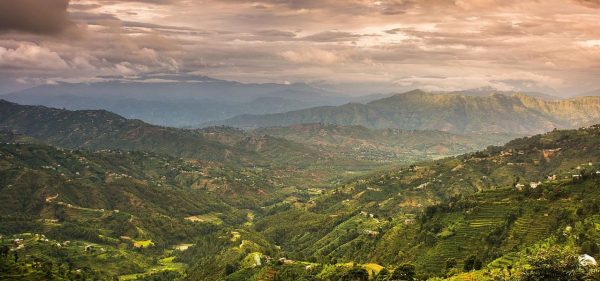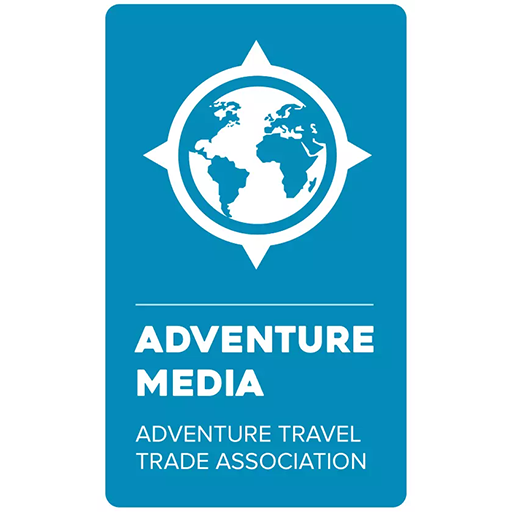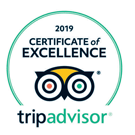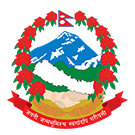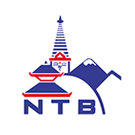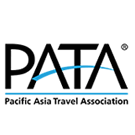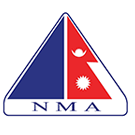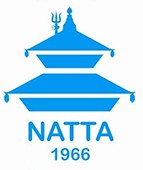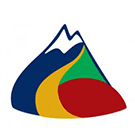Trip Facts
Trip Overview
Rolwaling Valley Trek
The Rolwaling Valley Trek is a hidden Himalayan gem tucked away in the remote Rolwaling Valley, part of the Gaurishankar Conservation Area in northeastern Nepal.
Positioned between the Langtang and Everest regions, this off-the-beaten-path trail leads to the stunning Tsho Rolpa Lake, perched at 4,580 meters — one of Nepal’s largest and most visually striking glacial lakes . The trail also leads to Yalung Ri Base Camp at 4,900 meters.
As you journey through this serene valley, you will witness dramatic changes in landscape. The trail passes through dense rhododendron forests, cascading waterfalls, and narrow river gorges before opening into vast yak pastures, alpine meadows, and rugged moraine terrain.
Towering Himalayan giants like Gaurishankar (7,134m) and Melungtse (7,181m) provide an awe-inspiring backdrop throughout the trek, while the crisp mountain air and remote wilderness add a sense of tranquility and grandeur.
What truly sets this trek apart is its unique trail experience. The route remains largely untouched by commercial trekking, offering solitude and authenticity that are rare in Nepal’s popular trekking circuits. Suspension bridges, mist-covered ridges, and cliff-hugging pathways add both thrill and beauty to the adventure.
The cultural richness of the region is equally compelling. The trek passes through traditional Sherpa and Tamang villages such as Simigaun, Beding, and Na, where ancient monasteries, prayer wheels, and fluttering prayer flags reflect the deep-rooted Buddhist heritage of the valley. This blend of raw nature and cultural depth creates a rare and rewarding Himalayan journey.
The Rolwaling Valley Trek is a perfect escape for trekkers looking for unspoiled Himalayan beauty, cultural immersion, and a touch of wilderness.
With fewer crowds, pristine nature, and the serene presence of Tsho Rolpa Lake, it offers a soulful trekking experience far removed from the commercial bustle of Everest and Annapurna.
Whether you are an experienced hiker or a well-prepared beginner, this remote trail rewards you with unforgettable views, authentic village life, and a deep connection to Nepal’s spiritual and natural heritage. It’s also a perfect choice for both solo travelers and families.
Why Choose Nepal Sanctuary Treks for the Rolwaling Valley Trek?
With over 26 years of experience in Himalayan trekking, we design Rolwaling Valley Trek itinerary with safety, sustainability, and authentic cultural immersion at its core.
Our Rolwaling Valley Trek itinerary is fully customizable to suit your personal pace, fitness level, and interests. We specialize in both teahouse treks and camping treks along the Great Himalayan Trail, offering flexibility for trekkers of all kinds.
Our experienced Sherpa guides bring invaluable knowledge and insights into the rich local culture while ensuring your safety throughout the Rolwaling Valley Trek.
With years of experience, our professional team knows the Rolwaling Valley Trek and surrounding regions intimately, ensuring a memorable and well-guided adventure.
We focus on small group sizes to provide personalized attention and maintain strict safety protocols. Our long-standing partnerships with trusted suppliers ensure carefully selected accommodations and reliable transportation throughout Rolwaling Valley Trek.
As a Travelife Certified company, we are committed to promoting sustainable and eco-friendly travel. When you choose Nepal Sanctuary Treks for your Rolwaling Valley Trek, you support local communities, help minimize environmental impact, and practice responsible tourism. Your safety, comfort, and unforgettable experience are our top priorities.
By trekking with us, you are not just embarking on an adventure—you are contributing to ethical, sustainable tourism while exploring one of Nepal’s most remote and pristine trekking trails.
Best Time to embark Rolwaling Valley Trek
The ideal time to embark on the Rolwaling Valley Trek is during the spring (March to May) and autumn (September to November) seasons.
In spring, the trail comes alive with vibrant rhododendron blooms, and the clear skies create excellent conditions for both trekking and photography. Autumn, which arrives after the monsoon, offers stable weather, fresh mountain air, and sweeping views of the Himalayas.
Winter (December to February) brings heavy snowfall, which can make the trails hazardous and often leads to the closure of high-altitude lodges. The monsoon season (June to August) is not recommended due to continuous rainfall, slippery trails, and an increased risk of landslides.
Permits Required for Tsho Rolpa Trek
To trek in the Rolwaling region, you will need two essential permits: the Gaurishankar Conservation Area Permit (GCAP) and the TIMS (Trekkers’ Information Management System) card.
At Nepal Sanctuary Treks, we take care of all permit arrangements and trek logistics, so you can focus on the adventure ahead while we handle the details.
Accommodation and Food
Accommodation along the Rolwaling Valley Trail is simple but comfortable. Teahouses and small lodges offer basic shared rooms with thin mattresses and woolen blankets to keep warm at night. We also recommend bringing a sleeping bag for extra warmth and hygiene, especially in colder, higher-altitude areas.
Bathroom facilities are modest, with most toilets located outside and shared among guests.
Meals are limited but hearty—expect traditional dishes like dal bhat (rice, lentils, and vegetables), boiled potatoes, eggs, Tibetan bread, and fried noodles. Beyond Na village, food becomes scarcer, so it’s a good idea to bring along energy snacks and some essentials for the higher sections of the trek.
Phone and Internet Connectivity in Rolwaling Valley Trek
Phone and internet connectivity on the Rolwaling Valley Trek trail is limited and often unreliable. NTC and Ncell networks may work up to Dongang or Beding, but beyond these points, signal is weak or completely unavailable. Wi-Fi is generally not accessible after Simigaun.
Trekkers should carry a power bank or solar charger to keep essential devices powered throughout the trek.
Trek Difficulty and Physical Fitness for Rolwaling Valley Trek
The Rolwaling Valley Trek is moderately challenging. The trail includes steep climbs, long walking days, and high-altitude sections, especially near Tsho Rolpa Lake at 4,580 meters. Trekkers should be physically fit and plan for proper acclimatization to avoid altitude issues. Previous experience with high-altitude treks is helpful, but not strictly necessary.
Although the trek isn’t technical, it is remote and demanding. It may be tough for those new to trekking. However, fit and motivated beginners can still enjoy this adventure with the right preparation, a gradual pace, and enough rest.
Nepal Sanctuary Treks includes well-planned rest days to support acclimatization. Carrying the right gear and having a positive mindset also make a big difference. With good planning, even first-time trekkers can enjoy the stunning landscapes of Rolwaling Valley Trek and Tsho Rolpa Lake.
Ready to explore the Rolwaling Valley Trek?
Looking for a trek that’s off the beaten path? The Rolwaling Valley Trek offers stunning views, rich culture, and quiet trails. It’s perfect if you want a more authentic, crowd-free experience in the Himalayas.
Note: Below trekking hours, altitudes and distances are approximate, and absolutely for the general idea only.

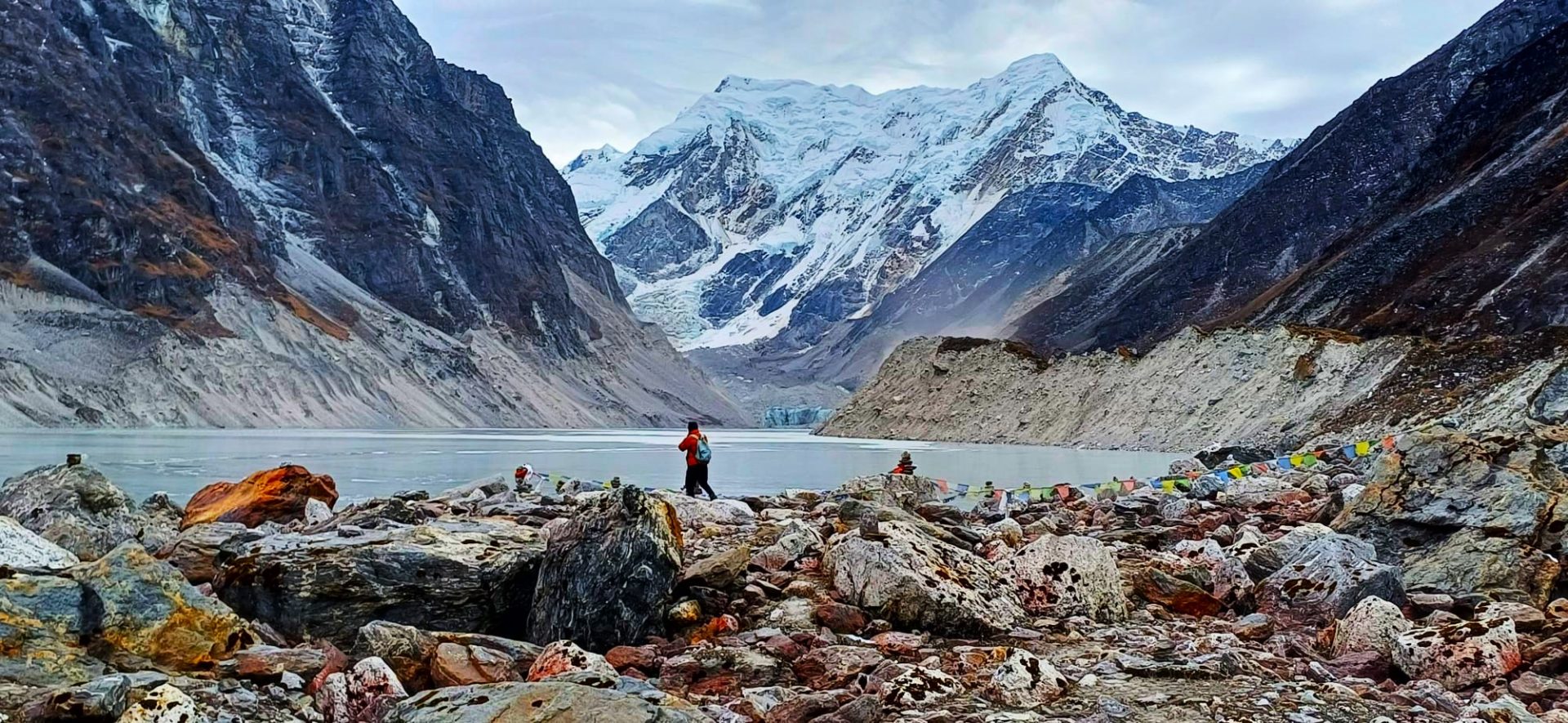
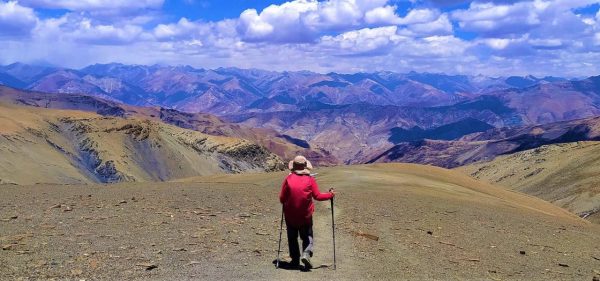
 Altitude:
16,896ft
Altitude:
16,896ft
 Difficulty:
Strenuous
Difficulty:
Strenuous
